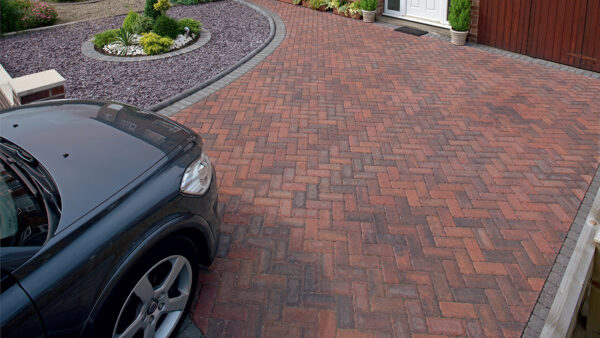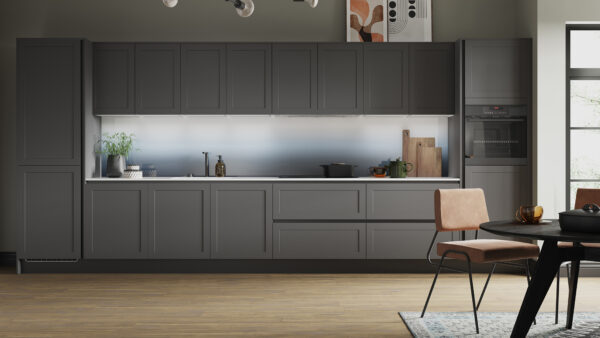This week we invited Dr Bill Price from Lafarge to write an article about ‘efflorescence’ and ‘lime bloom’ which is a mysterious white stain that can appear on common brickwork and render.
It seems like a common brickwork and render problem is how a mysterious white stain appears, and what to do about it. I mean, of course, the white powdery deposits on the surface and not the handiwork of your local Banksy wannabe – so what’s going on here?
Technically, the staining is called ‘efflorescence’ or sometimes ‘lime bloom’ (not ‘effervescence’ which is what you get when you dissolve a hangover tablet in a glass of water). It occurs when soluble salts in either the mortar, render or the bricks themselves are filtered out to the surface where they dry and form a white deposit. It’s unsightly and time-consuming to get rid of but there are some things you can do to help prevent, as well as cure it.
Us Brits love to blame everything on the weather but this time, it really is true. Although this year we have been blessed with almost continual sun, persistent rain in years past has been the culprit, and will be in the damp years we have ahead of us. When brickwork or render gets saturated and remains wet for prolonged periods of time, more of these salts are dissolved, just waiting for a dry period where they can get sucked to the surface and ‘bloom’. Our autumn could successfully create the ideal conditions for an epidemic of efflorescence throughout the country – watch this space.
It’s possible to remove the whiteness with a stiff brush, but you will need to repeat this if it comes back. The use of an acid-based brickwork cleaner will also help, but don’t try pressure washing as this just saturates everything and creates even more salts before starting the whole cycle over again. Also, don’t be tempted to apply a sealer to the surface as salts can crystallise behind the sealer and cause the bricks to break up (spalling).
We all know prevention is better than cure so avoid using bricks with a high soluble salts content, if at all possible. Use Portland-limestone or Portland-fly ash cements in mortar or render as these have a lower permeability and slow down the migration of the salts to the surface keeping your brickwork the intended original colour.
Just remember that keeping water out, both during construction and afterwards, is the golden rule. Protect bricks from saturation before use, try not to lay bricks or apply render in cold damp weather, and make sure that gutters and down-pipes don’t leak. Easier said than done in Britain I appreciate.
Fingers crossed, you should have managed to avoid this problem this summer, but as we know, it doesn’t always last. The cure is effective, but prevention is the key so get your hands on the right bricks and your walls shouldn’t turn a Whiter Shade of Pale.





